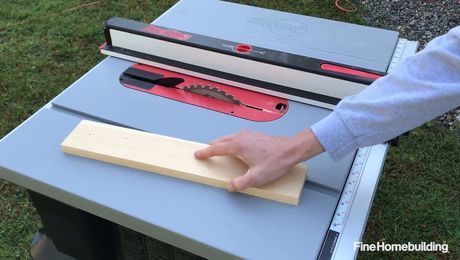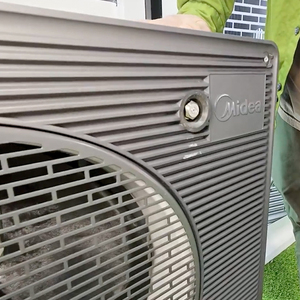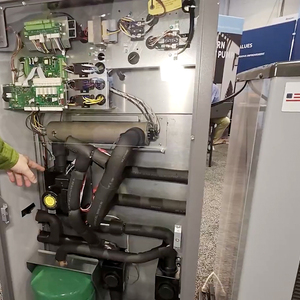The discussion about deck ledgers reminded me of a link someone posted a couple of years ago. It was a chart that listed all the commonly used metals and their level of reactivity with each other. I used to have it on my bulletin board, but in moving around I lost it. Anyone have a copy?
Discussion Forum
Discussion Forum
Up Next
Video Shorts
Featured Story

These defensive details give homes a better chances of surviving wildfires.
Featured Video
SawStop's Portable Tablesaw is Bigger and Better Than BeforeHighlights
Fine Homebuilding Magazine
- Home Group
- Antique Trader
- Arts & Crafts Homes
- Bank Note Reporter
- Cabin Life
- Cuisine at Home
- Fine Gardening
- Fine Woodworking
- Green Building Advisor
- Garden Gate
- Horticulture
- Keep Craft Alive
- Log Home Living
- Military Trader/Vehicles
- Numismatic News
- Numismaster
- Old Cars Weekly
- Old House Journal
- Period Homes
- Popular Woodworking
- Script
- ShopNotes
- Sports Collectors Digest
- Threads
- Timber Home Living
- Traditional Building
- Woodsmith
- World Coin News
- Writer's Digest


















Replies
http://www.corrosionsource.com/handbook/galv_series.htm
Do a Google search on "galvanic series" and you'll find more instructive sites than this one.
The farther apart the metals are on this series, the worse the potential problem will be when you put them into electrical contact with one another. The metal near the top of the series will be corroded at an accelerated rate, while the metal at the lower end of the series will tend to be "cathodically protected", relative to immersing the two metals in the same electrolyte but NOT in electrical contact with each other.
Note that the usual galvanic series is for seawater exposure- corrosion conditions other than seawater immersion can result in different behaviour. Note also that the real corrosion rate will depend on factors affecting the resulting galvanic current, including geometry (i.e. the relative size of the articles, how much of their surface is exposed etc) and to some extent the conductivity of the metals also. In practice, galvanic couples where one of the metals is stainless steel often do not exhibit the kind of problems that the table would suggest.
Hope this helps!